
CPAP, or Continuous Positive Airway Pressure, is a device used for helping people with sleep apnea or breathing difficulties during sleep overcome their problems. This device was developed by an Austrian professor, Collin Sullivan in 1981. However, this device is not the same as a BiPAP machine. BiPAP stands for Bi-level Positive Airway Pressure machine and this device allows people to breathe in more air into their lungs. Both of these devices have interfaces which are usually masks, connected by a tube to the generator of the airflow. However, there are differences between the two machines.
CPAP vs BiPAP
Speaking of the CPAP machine, it has a predefined level of air pressure it needs to emit. This pressured air is distributed to the patients via the hose and the mask interface. Thus, the air is capable of removing any obstacles in the patients airways, treating obstructive sleep apnea effectively and increasing the delivering of oxygen to one's body. Thus, CPAP machine is ideal for treating people who suffer from sleep apnea or neuromuscular diseases, as well as other types of breathing issues.
As for the BiPAP machine, it delivers two different types of pressure. Namely, it exposes the patient to air pressure during his/her inhalation and during exhalation. Both central and obstructive sleep apnea can be treated with a BiPAP machine. Additionally, other respiratory and heart conditions can be dealt with too by using this device.
Tirated pressure is the necessary air pressure in order to treat sleep apnea. The desired values for these treatments is from 6 to 14cm of H2O air pressure. However, a CPAP machine delivers from 4 to 20cm of this pressure, going overboard while a BiPAP machine delivers air pressure from 20 to 30cm H2O, exceeding the optimum as well.
Negative Sides vs Positive Sides of BiPAP and CPAP Machines
Speaking of the CPAP device, it is considered to be perfectly safe for treating sleep apnea. With adjustable pressure and masks, this treatment can be optimized so that it helps the sufferer effectively. Naturally, some people react badly to the treatment. In such cases, the treatment is discontinued. Headaches, skin irritation and stomach bloating are some of the reported side-effects of CPAP treatment.
As for the BiPAP machine, it is a great alternative for all those who cannot tolerate CPAP devices. Additionally, this machine is excellent for people with heart or lung problems. Yet, the side-effects of using a BiPAP machine are almost the same as the previously mentioned ones. Runny nose, indigestion, dizziness or rhinitis are some of the additional health issues which can be triggered by the BiPAP machine. Nevertheless, it is preferred by many, due to the two pressures it emits.


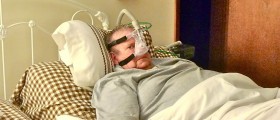
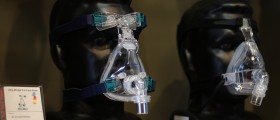
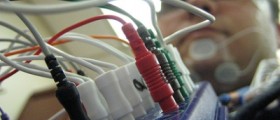
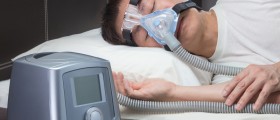
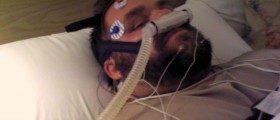

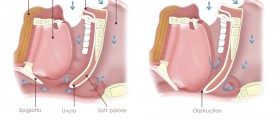
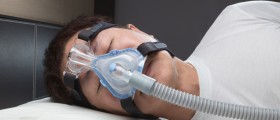

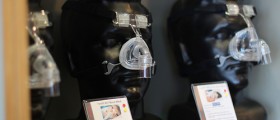
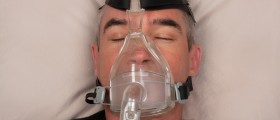

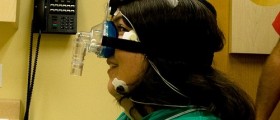

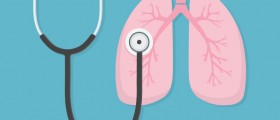
Your thoughts on this
Loading...